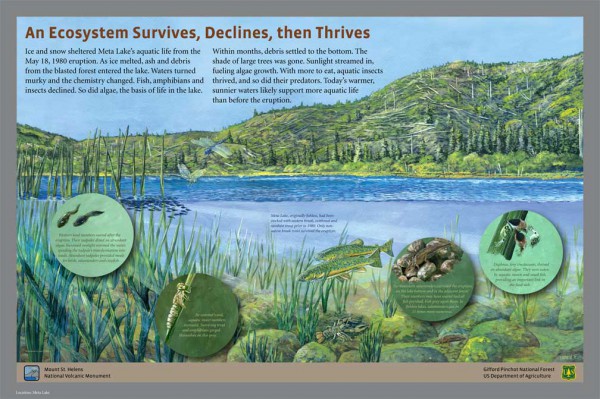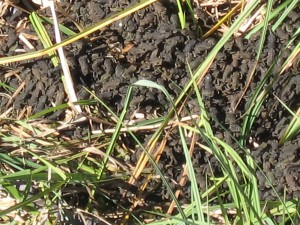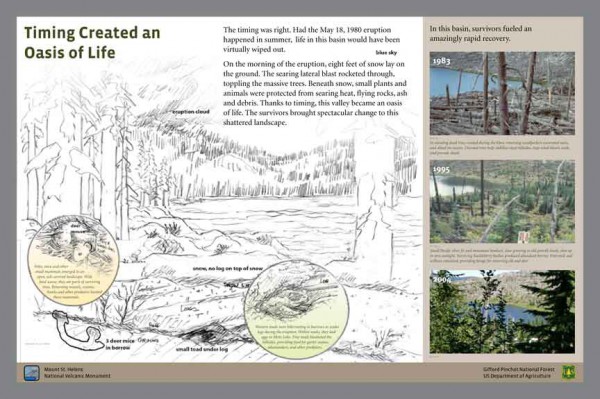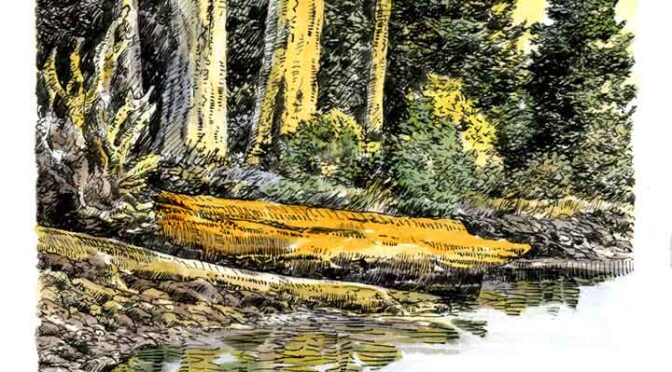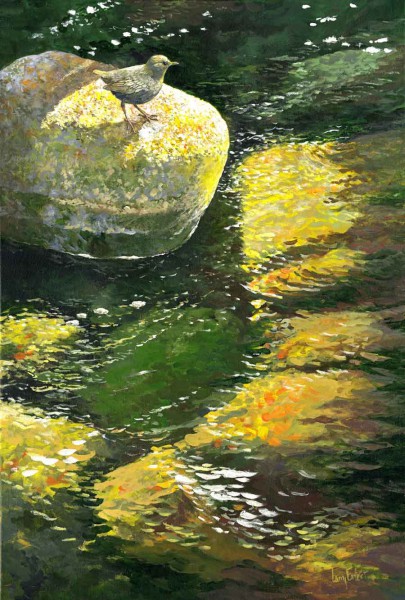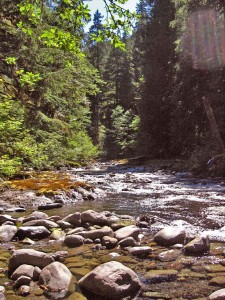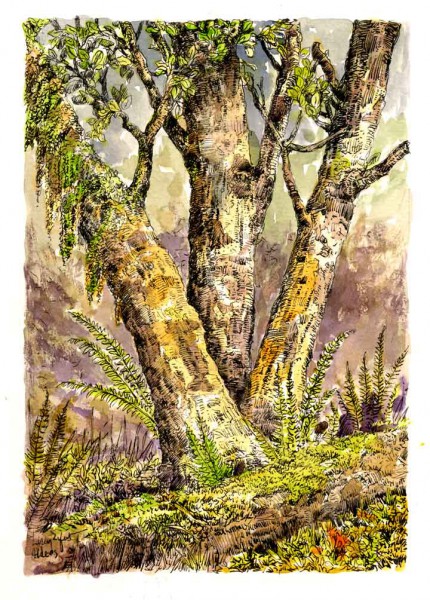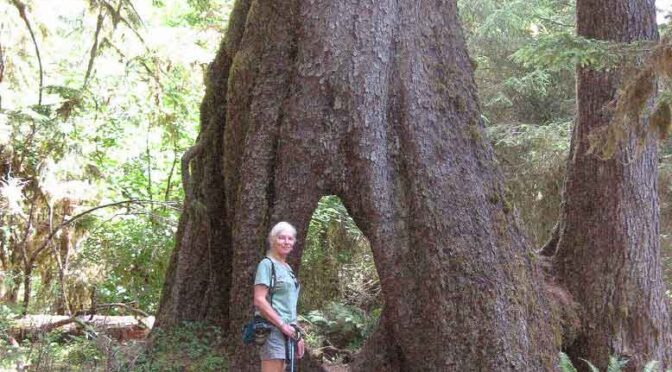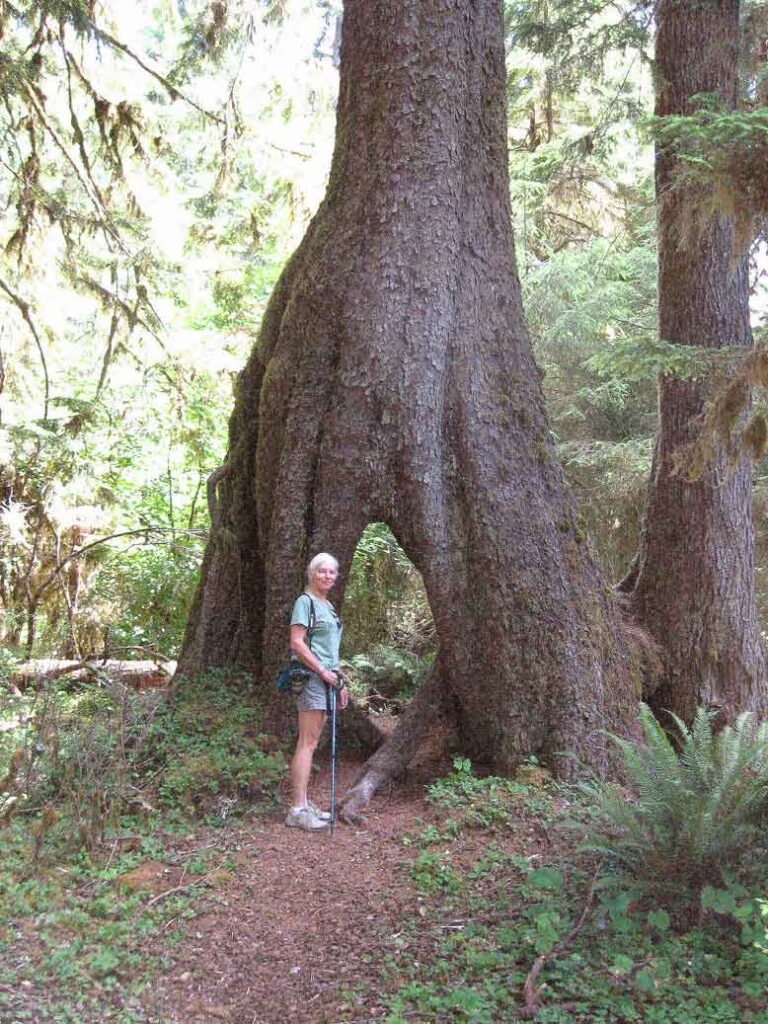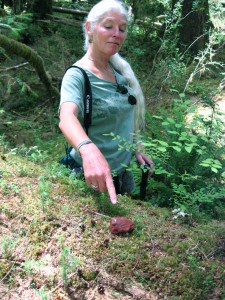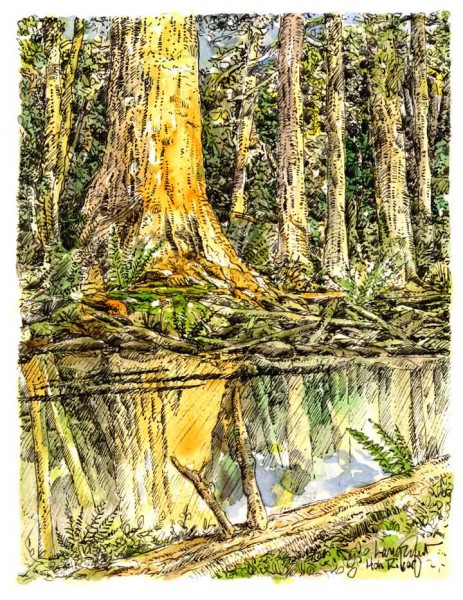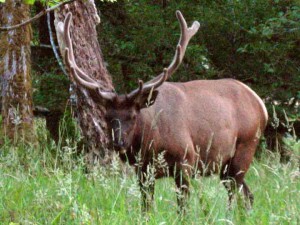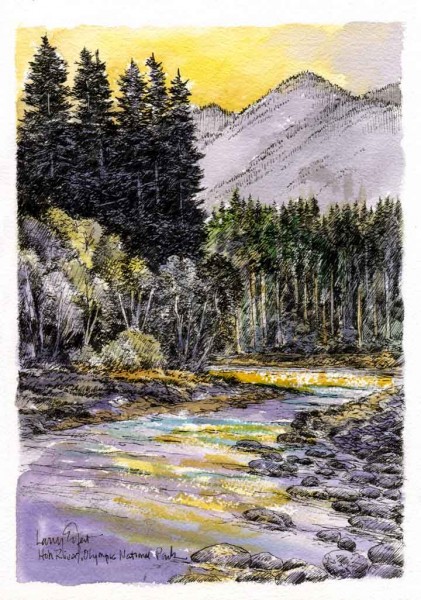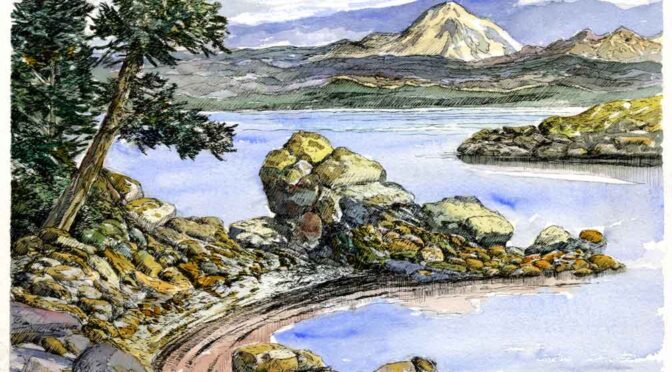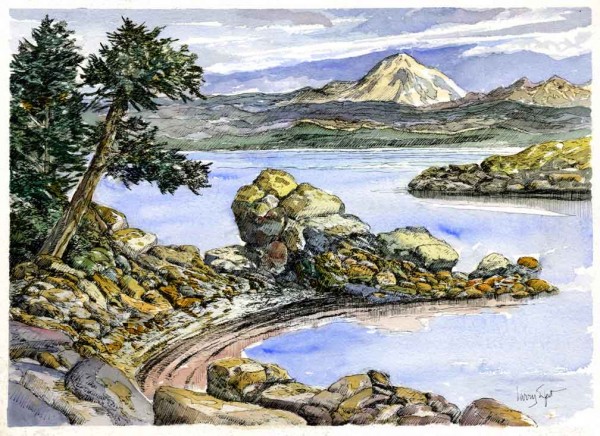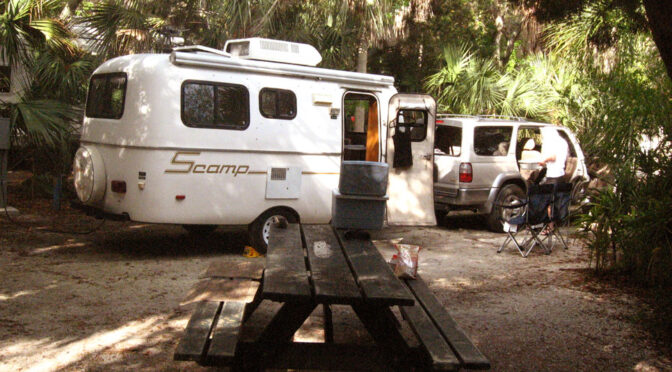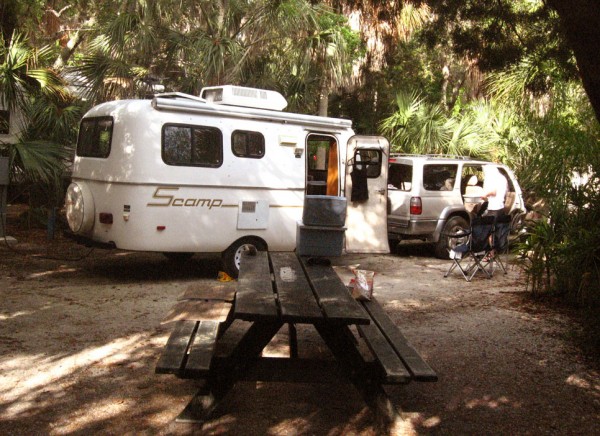Besides all the other stuff I’ve posted here over the past few months, I’ve been working on paintings for some outside panels at Mount St. Helens National Monument. Here’s the first one. Mount St. Helens is about half a day’s drive south of us, and last fall we were up there to have a look. The eruption happened 31 years ago, and the changes since the initial devastation are pretty amazing. Nature is back in a big way, and my paintings will help explain that. When we were here at this overlook at Meta Lake, there was a toad hatch-out, and what appeared to be squirming mud soon defined itself as a bunch of little amphibians. This species, and lots of others, survived the May 1980 blast because they were either in their dens under the snow, under the lake ice, or buried in mud.
I’ll show you the other panels in weeks to come. Learning about and then illustrating the giant eruption and its aftermath has been a fun project. I feel like we know that mountain in a much better way. It’s one of the reasons I continue to do this stuff. And if you’re on the north side Spirit Lake road, look for a little Eifert art gallery as you go – and you’ll learn about it too. Maybe I should put out a map and guide to all these waysides around the country where you can see my work on outdoor panels. I haven’t kept good track, but I’d guess we’re up to at least 400 by now.
These panels are being designed and created by Sea Reach Ltd. of Sheridan, Oregon – a bunch of very nice people. In an interesting twist, I also bid on this project, which Sea Reach won. Not to be left out, I contacted them and pleaded to be involved – and so here I am. No one ever said I was shy and retiring – but you already know that.
Thanks for reading this week.
Larry Eifert
Click here to go to the online blog this was to.
Click here to go to our main website – packed with jigsaw puzzles, prints, interpretive portfolios and lots of other stuff.
Click here to check out what Nancy’s currently working on with her photography.
